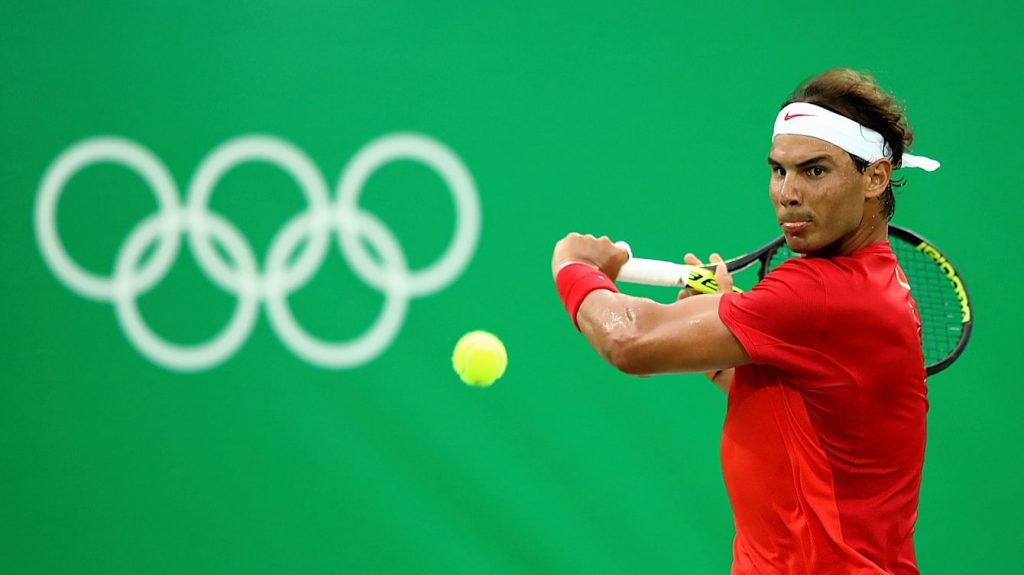Tennis at the Olympic Games
Tennis has a unique history with the Olympic Games, experiencing both periods of prominence and absence. The sport was first introduced in the modern Olympics in 1896 but was dropped in 1924 due to disputes between the International Lawn Tennis Federation and the International Olympic Committee over defining amateur players. After a long hiatus, tennis returned as a full medal sport at the 1988 Seoul Olympics and has been a fixture of the Games ever since.
Early Years and Exclusion
When tennis was introduced at the inaugural 1896 Athens Olympics, it was one of the first sports to allow international competitors, marking the beginning of its Olympic journey. Initially, it attracted amateurs from various nations, reflecting the sport’s growing popularity. However, disputes over player status and the definition of amateurism led to tennis being dropped after the 1924 Paris Olympics.
Demonstration Sport and Return to the Olympics
Tennis made sporadic appearances as a demonstration sport in subsequent years. The push for its reinstatement as a medal sport culminated in its return at the 1988 Seoul Games. This reintroduction was a pivotal moment for tennis, coinciding with professional players being allowed to compete in the Olympics, thereby elevating the level of competition and global interest in the Olympic tennis tournaments.
Modern Competitions and Format
Since its return, tennis at the Olympics has featured men’s and women’s singles and doubles events, and mixed doubles was reintroduced in 2012 at the London Olympics. Matches are played on hard courts, with the exception of the 1992 Barcelona and 2004 Athens Games, which were played on clay and hard-tru, respectively.
The format typically involves a knockout system, unlike the four Grand Slam tournaments that feature a series of up to seven matches for players to claim the title. Olympic tennis matches are best of three sets, with the final set played as a tiebreak at 6-6 in all sets except for the men’s singles final, which features a best of five sets format.
Impact and Prestige
Winning an Olympic medal in tennis is a highly prestigious achievement and is considered a significant honor that complements the career Grand Slams. The Olympics provide a unique opportunity for players to represent their countries, which adds a layer of national pride to their achievements. This is particularly special in a sport like tennis, which is otherwise focused on individual and team competitions throughout the year.
Some of the most notable Olympic tennis champions include Andy Murray, who won consecutive gold medals in men’s singles in 2012 and 2016, and Venus and Serena Williams, who have each won four gold medals (singles and doubles combined), making them among the most decorated Olympians in tennis.
Challenges and Highlights
Organizing tennis events at the Olympics poses specific challenges, such as scheduling within the packed annual tennis calendar, especially with the proximity of the U.S. Open. Despite these challenges, Olympic tennis has seen memorable moments, such as the resurgence of Monica Puig at Rio 2016, where she won Puerto Rico’s first ever Olympic gold medal in any sport.

